Mada at heart
They are six nature and ecology enthusiasts. The project of these UM students: to create a marine protected area on the island of Nosy Lava, a threatened gem in northern Madagascar. The adventure begins on June 4.
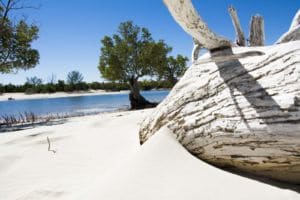
Welcome to Madagascar, known as "Mada" to those who know it well. The fifth largest island in the world, it is home to a wide variety of endemic animal and plant species. North of Grande Terre lies Nosy Lava: at the entrance to Narinda Bay, this small island populated by fishermen is a paradise of biodiversity. But it is a paradise under threat...
Biodiversity in danger
In 2014, the island's inhabitants called on Opti'Pousse Haie, an association specializing in sustainable local development. "The Sakalava population is in difficulty," explains Emilie Lucchese, vice president of the association. "Poaching, animal trade, destruction of mangroves, intensive fishing... This overexploitation of resources is mainly the work of people from outside the island. It is tragic because the local population, a small community of fishermen, depends directly on these natural resources."
At the Faculty of Sciences in Montpellier, six students are taking action. Marie, Ninon, Florine, Tiffany, Quentin, and Gaël are ecology students who are "passionate about nature and eager to share their knowledge and skills." Their project: to help establish a marine protected area . They have named their project Protect Mada, and it is funded by the Student Initiative Solidarity and Development Fund and supervised by the Opti'Pousse Haie association. But they know that the road ahead will be long...
Marine protected area
First step: collect the scientific data needed to put together a dossier. This is no deterrent for these enthusiasts, who will spend the coming summer discovering the extraordinary environment of Nosy Lava and the way of life of its inhabitants. The plan is to compile an inventory of the island's biodiversity, analyze its resources, and, in short, "demonstrate the ecological and cultural value of the local environment."
The first phase of the study is exciting, but it won't be easy... Ninon, who will be part of the trip, is well aware of this: "We're going to meet the fishermen and try to understand their practices and their worldview. How do they fish? Do they have strategies for protecting resources? They'll have to accept us into their daily lives, aboard their boats. It won't be easy!"
Local population
In groups of two, students will try to gather the scientific data needed for their project, with each group being accompanied by an island resident. Their presence on site also has another purpose: to raise awareness among the small local community about environmental conservation and enable them to become fully involved in the project.
"Our association works to involve villagers in scientific studies, "says Emilie Lucchese."By actively participating, each member of the community has a voice and becomes an active player in shaping the future of their environment." At the end of the project, the marine protected area should be managed locally by the villagers themselves.
Find the print version of this article in LUM magazine.
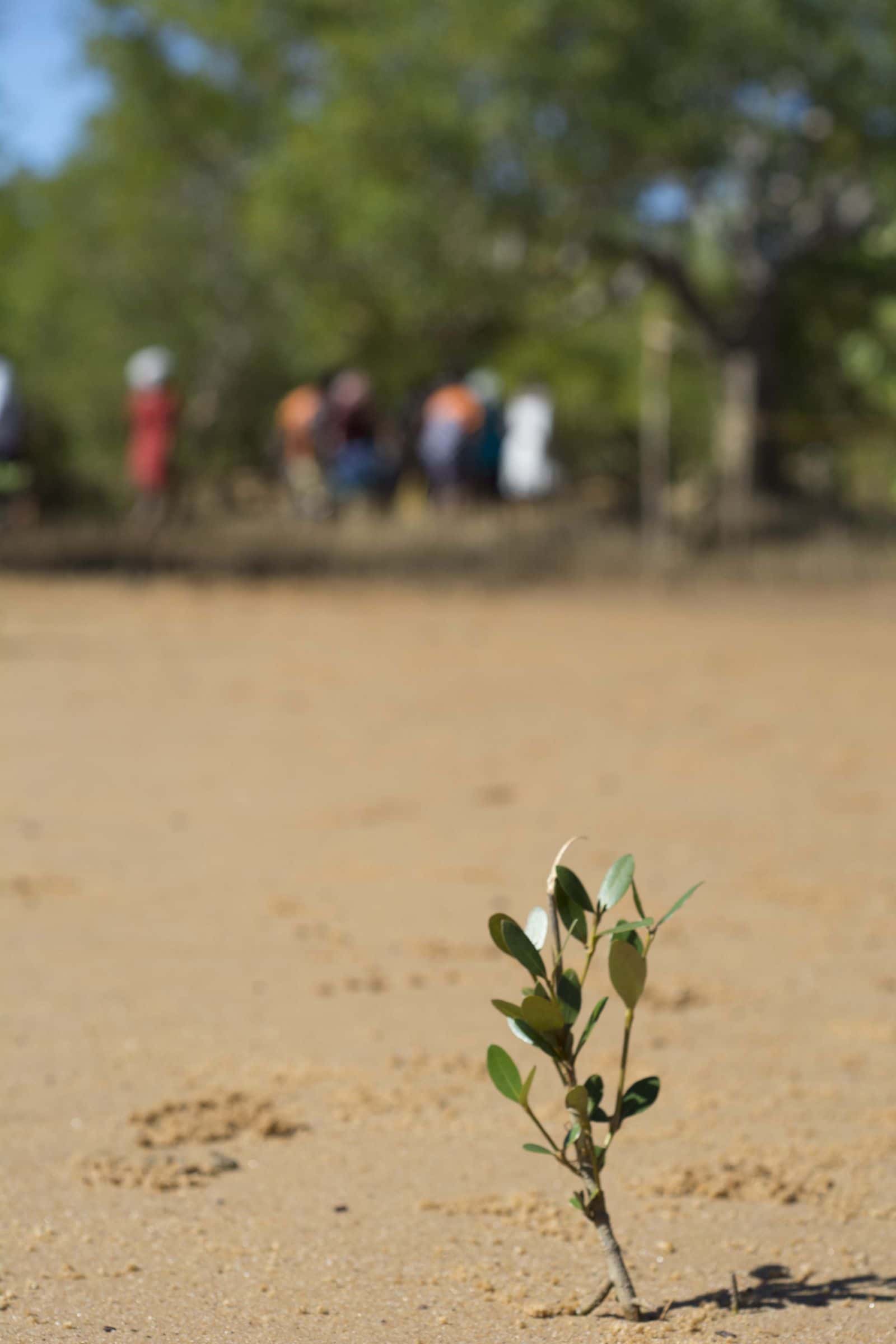
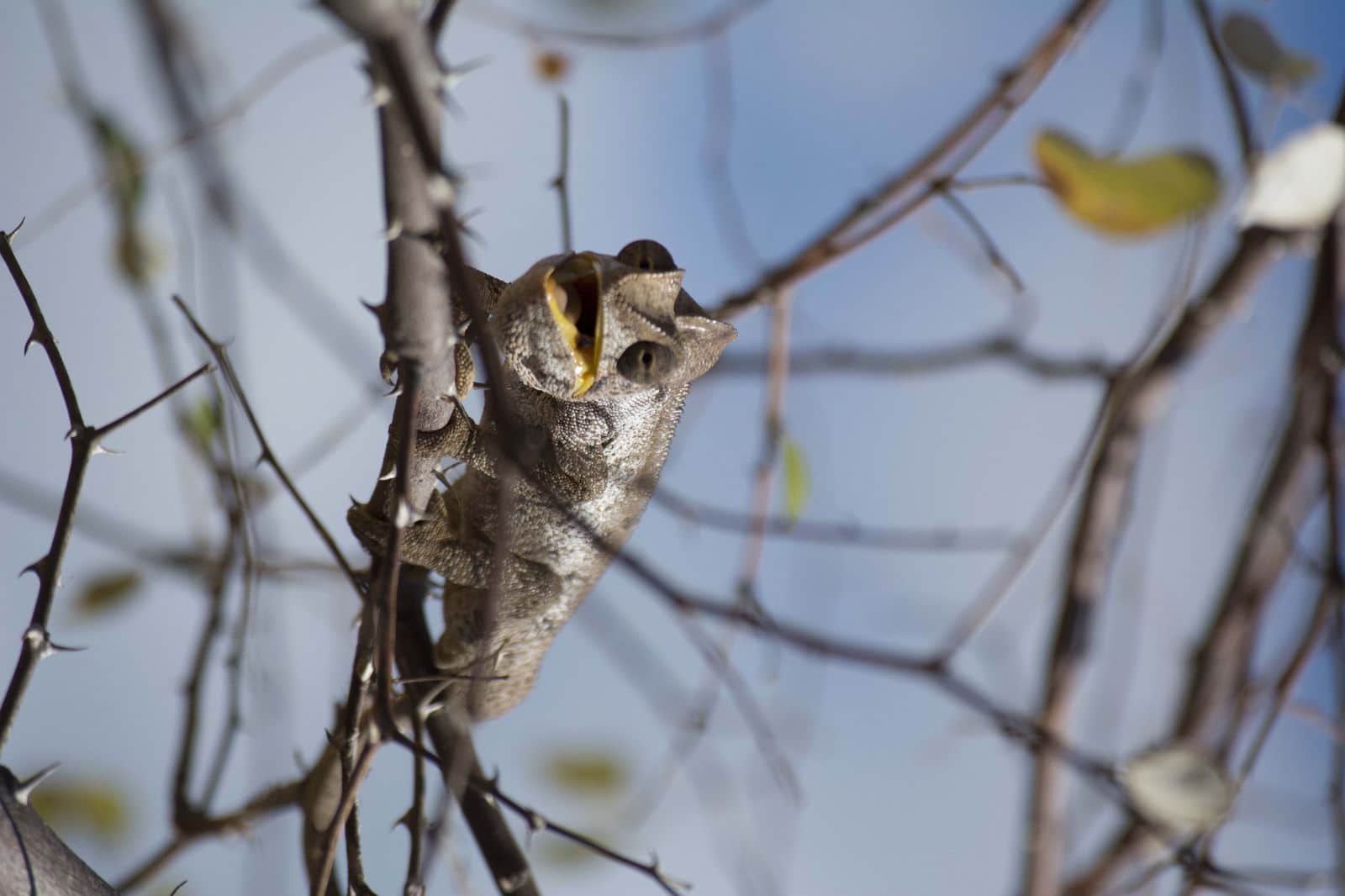
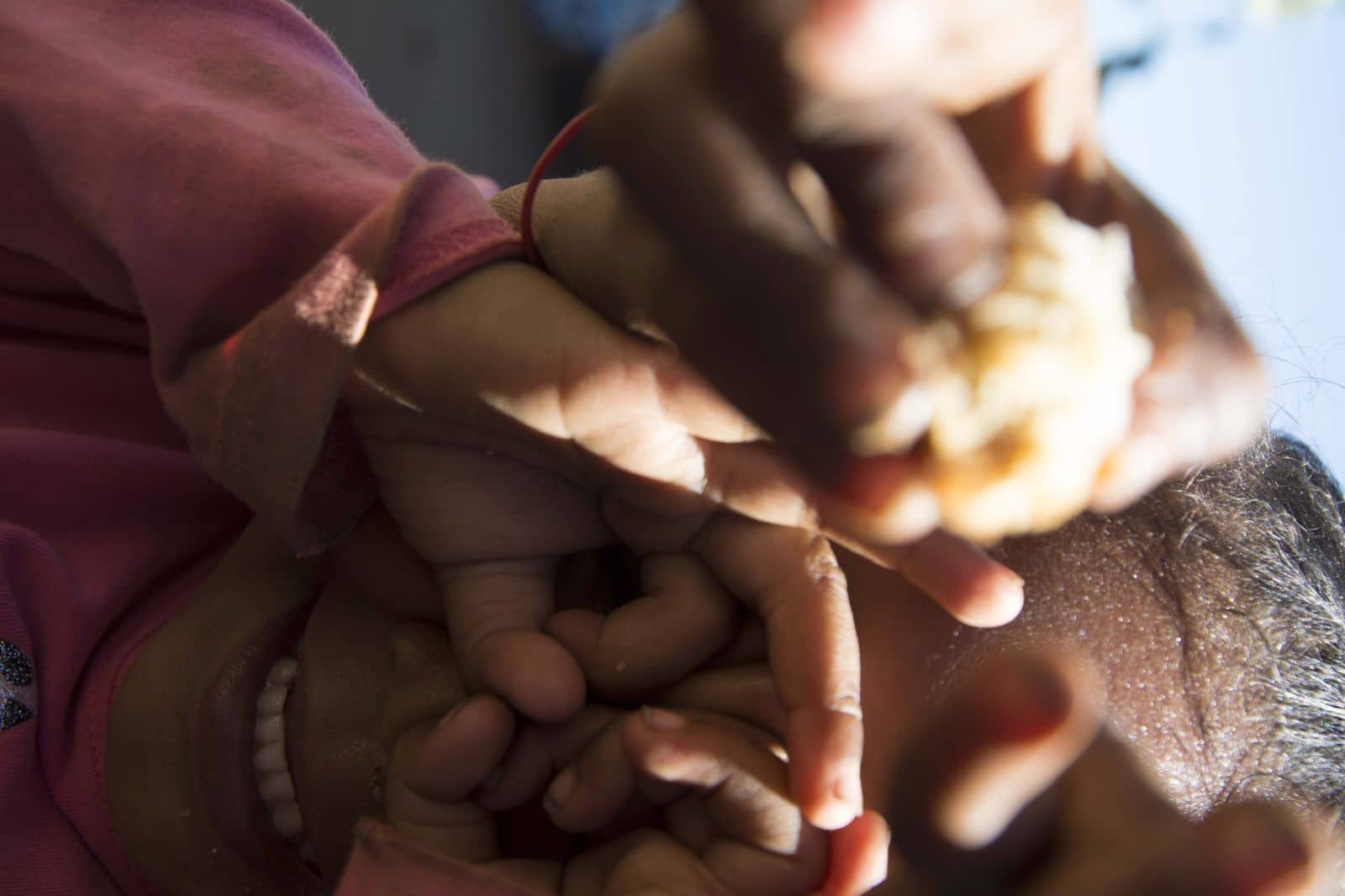
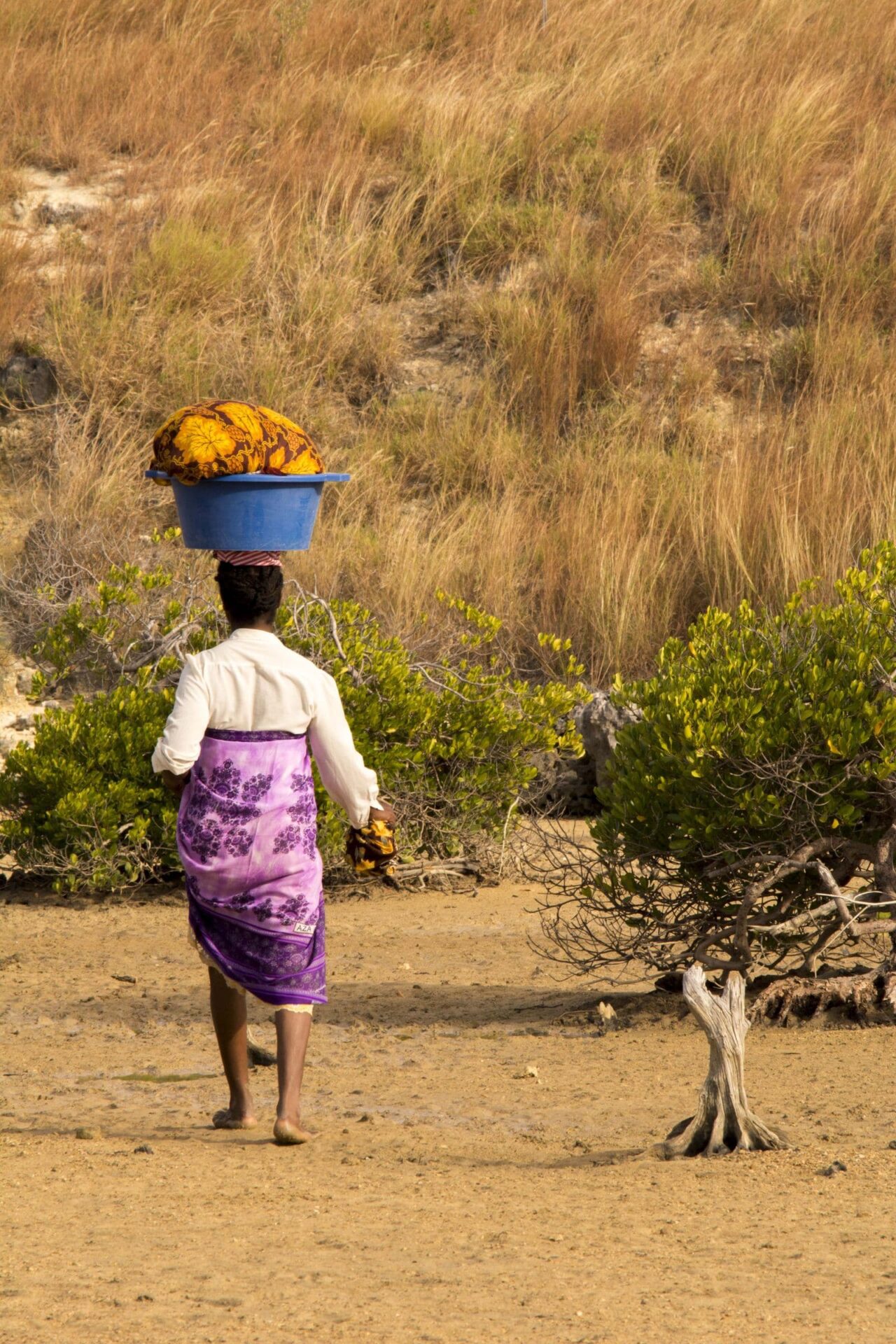
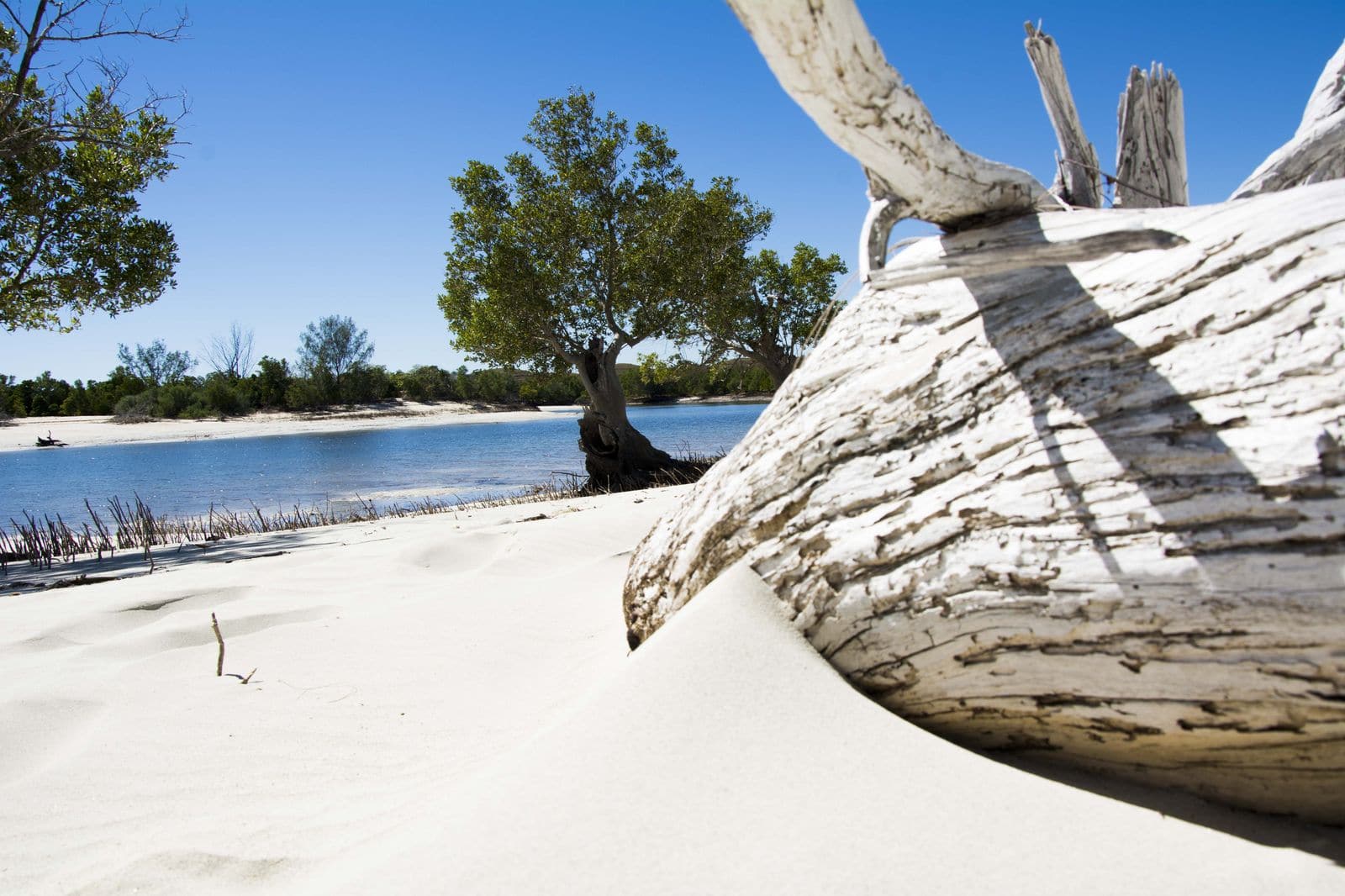
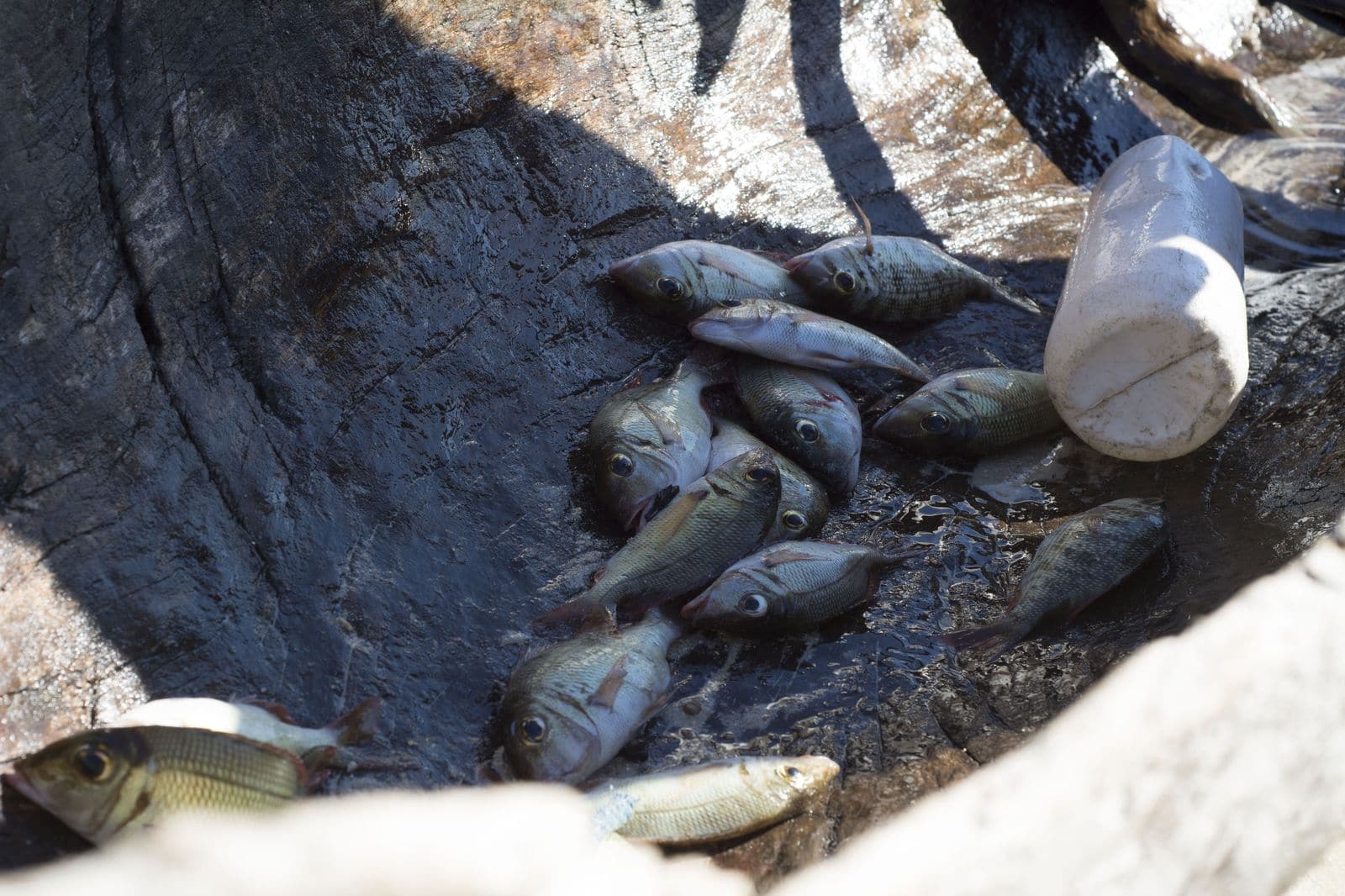
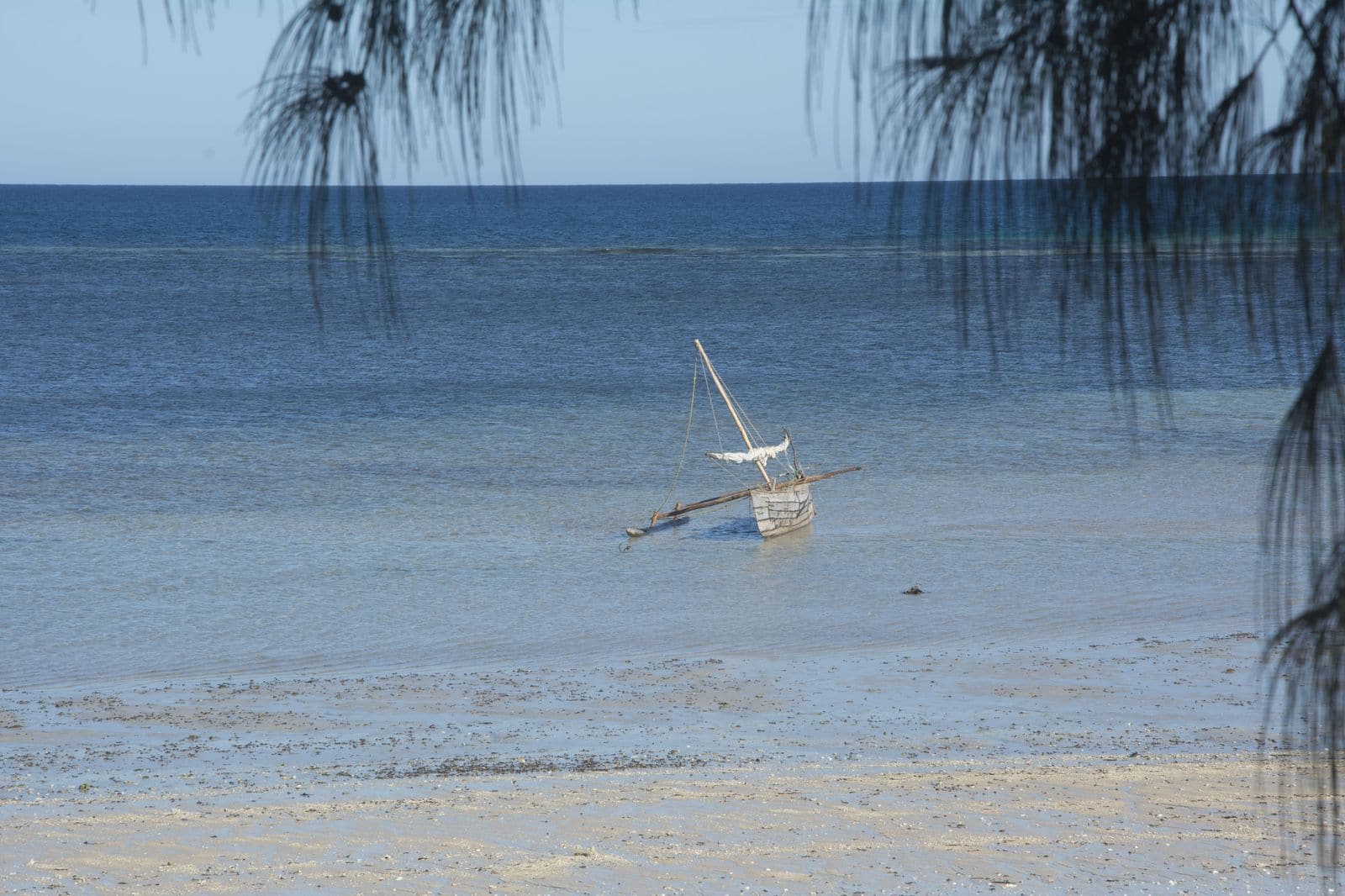
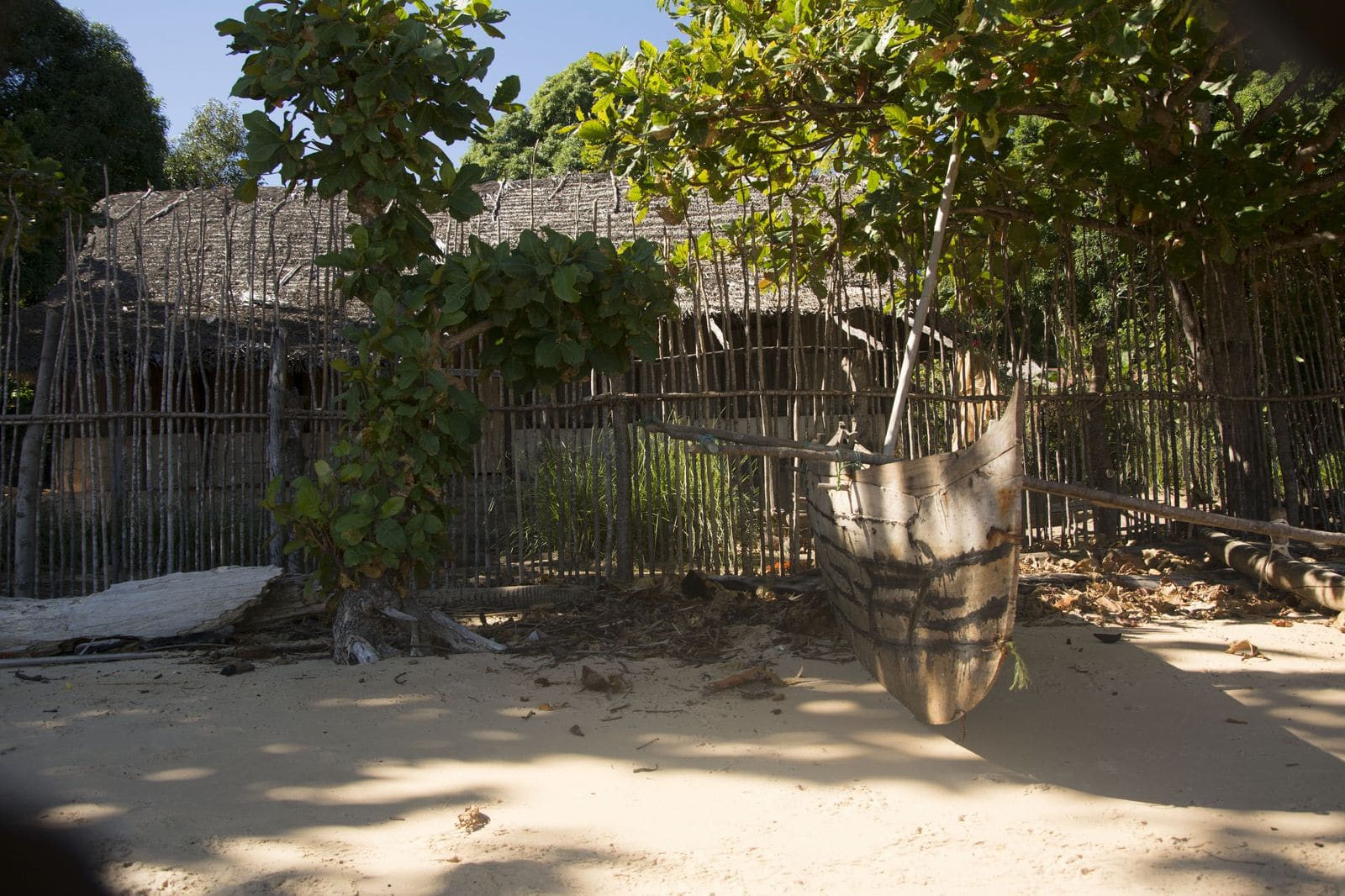
The Student Initiatives Solidarity and Development Fund
A tool for solidarity and student life activities, the FSDIE was set up to help students finance their projects in many areas (culture, humanitarian aid, sports, solidarity, the environment, civic engagement, etc.). It also provides financial support to students in serious difficulty or precarious situations, in conjunction with CROUS social workers.